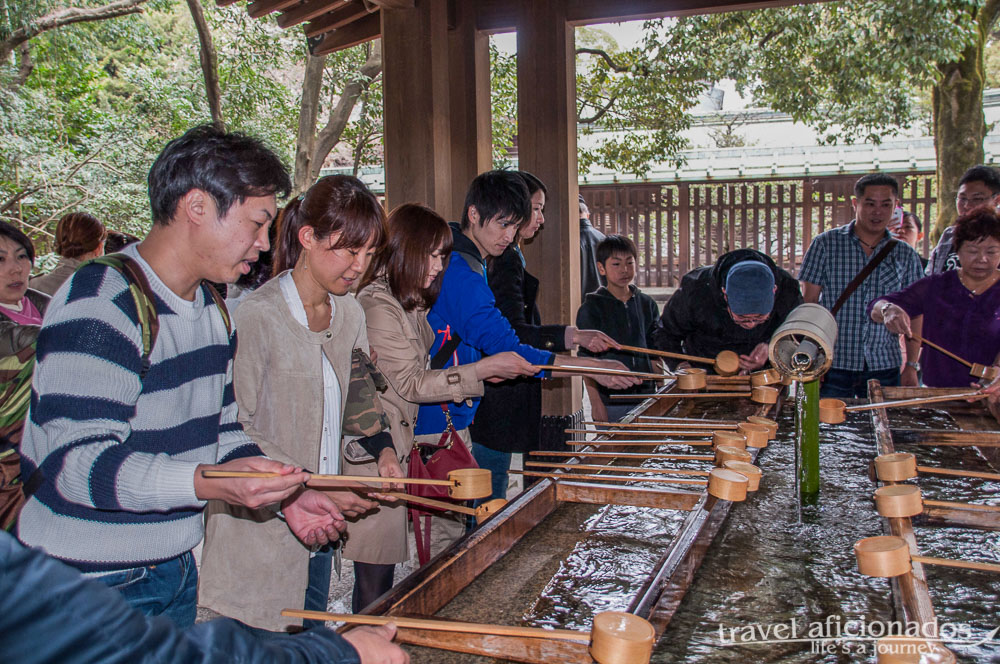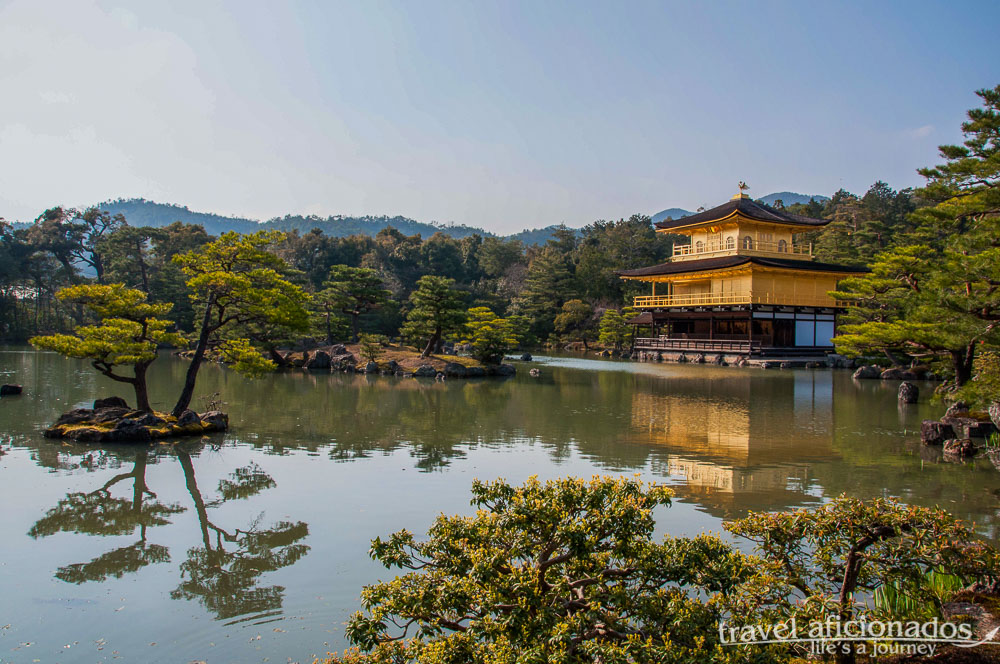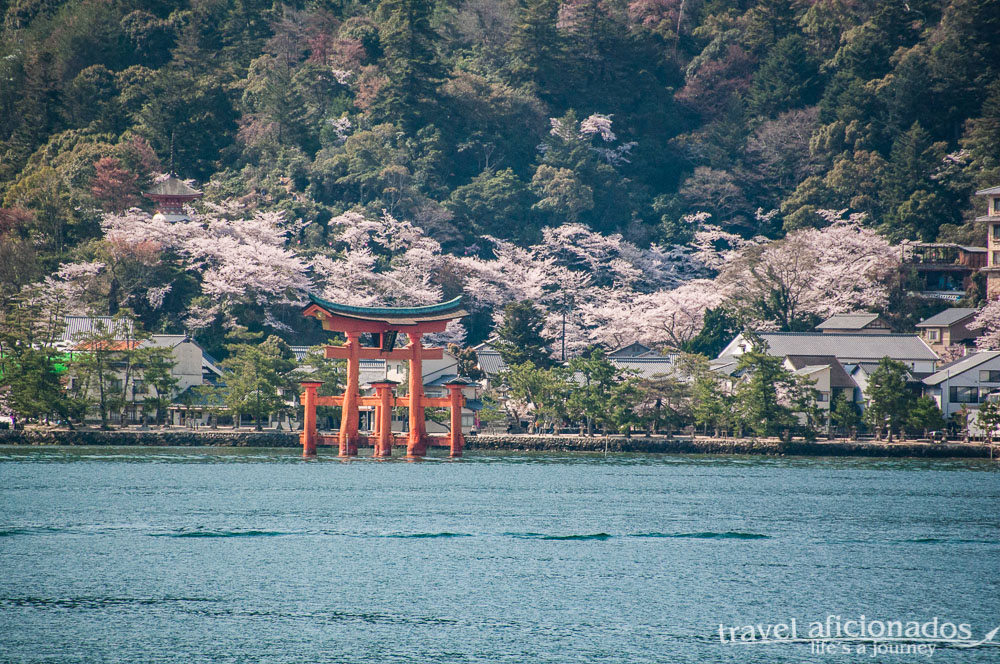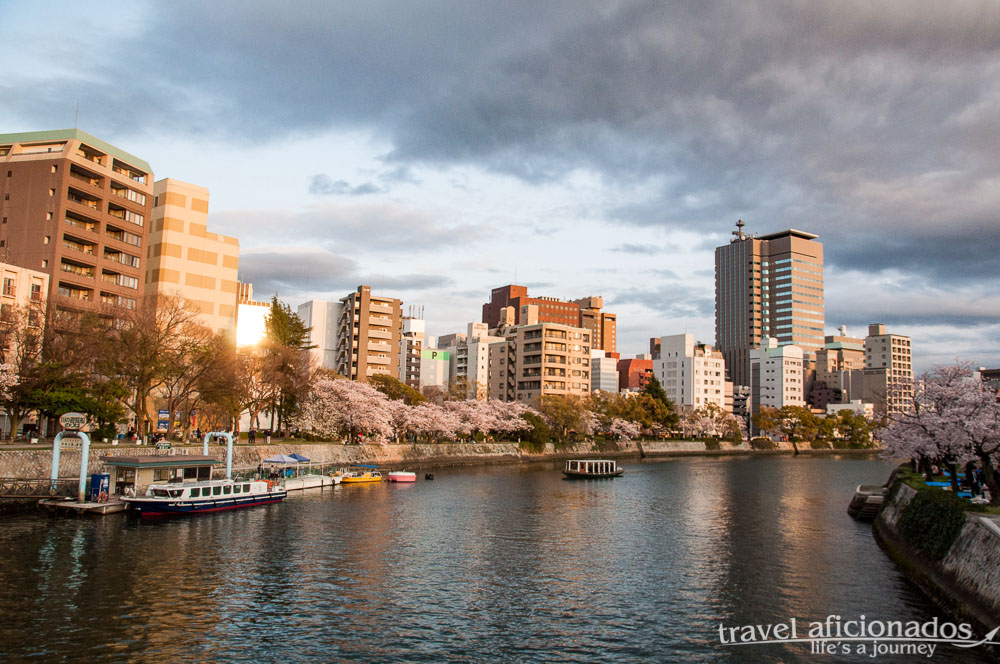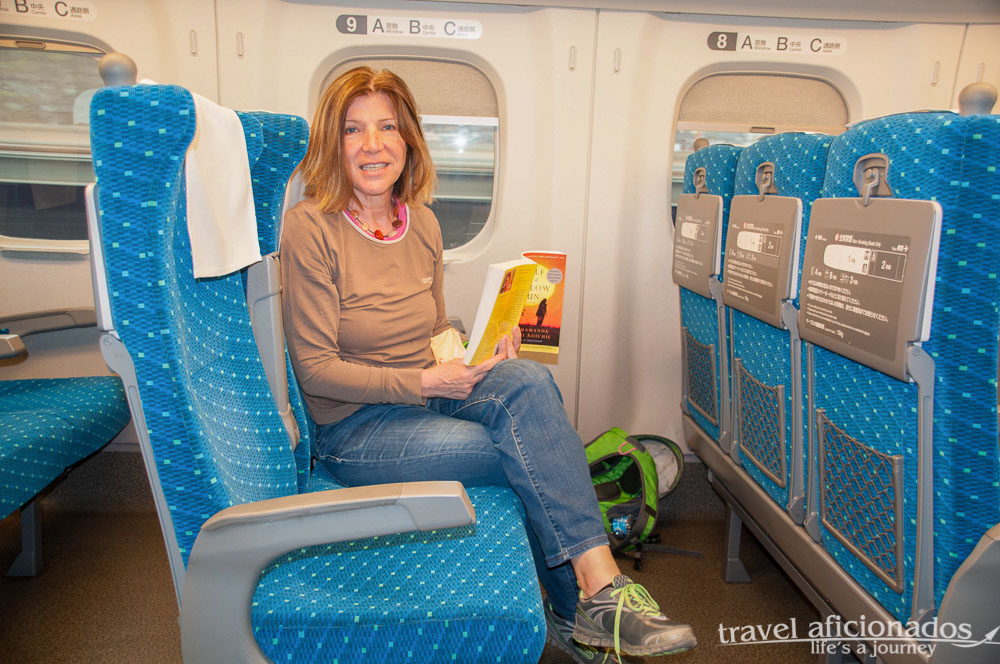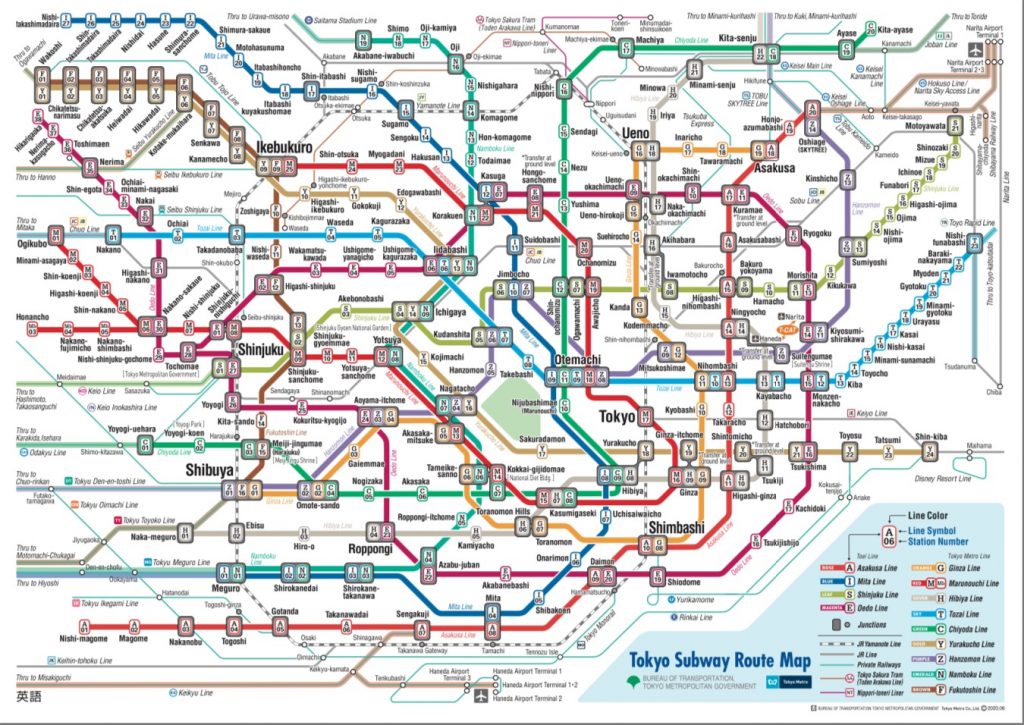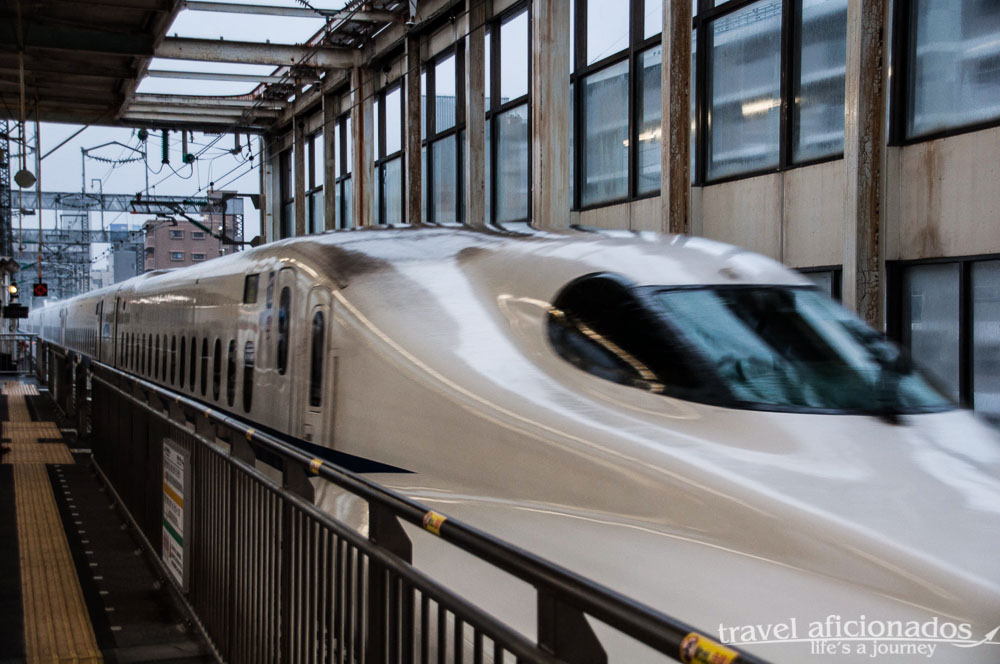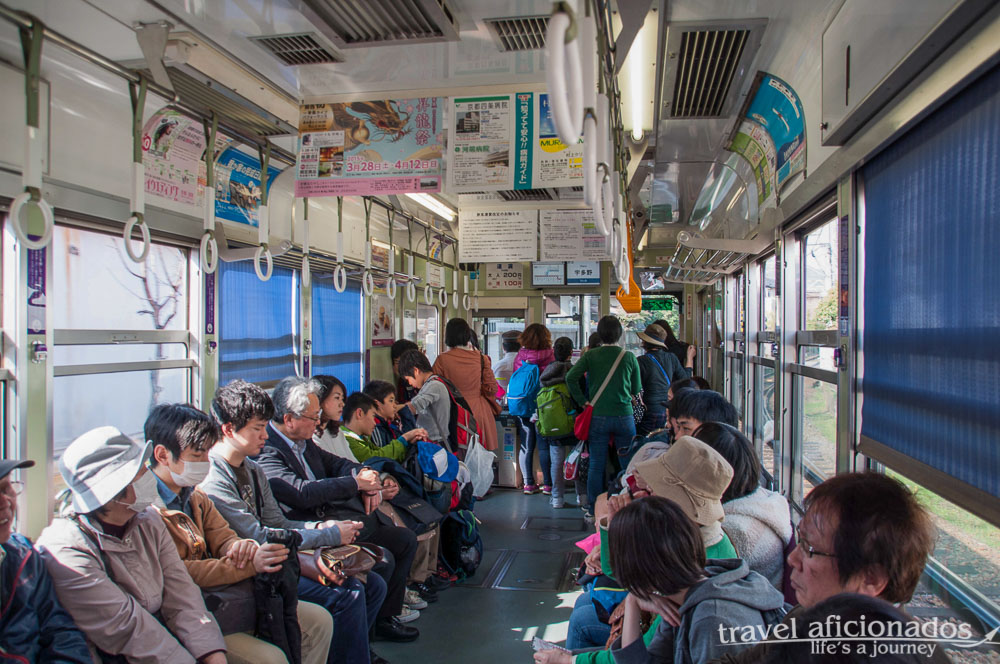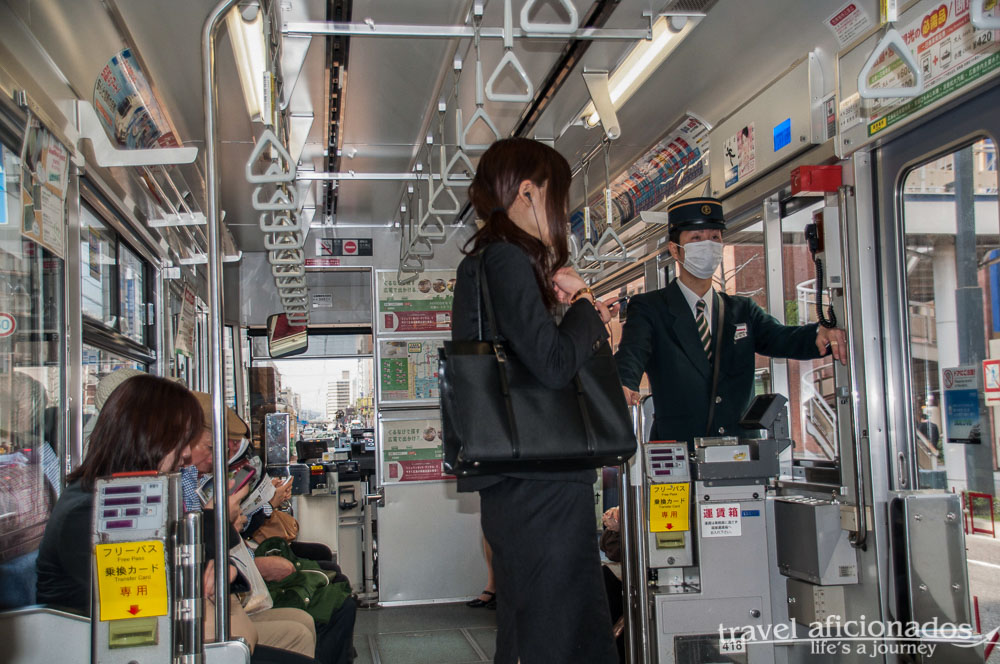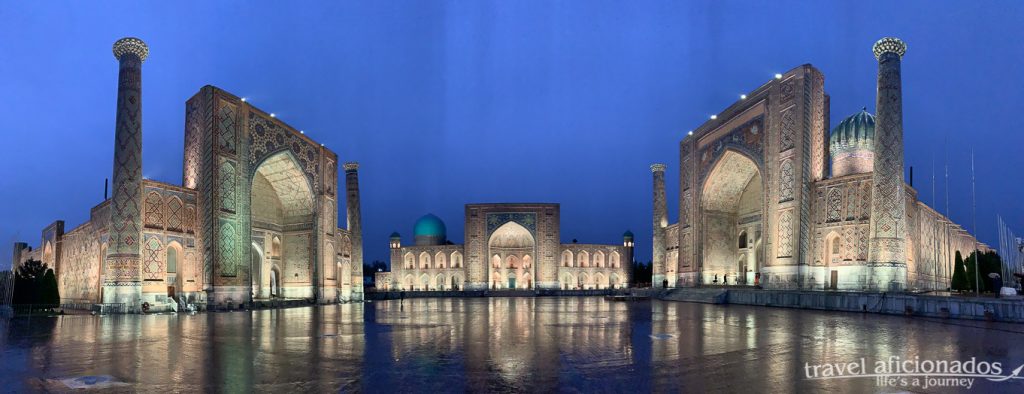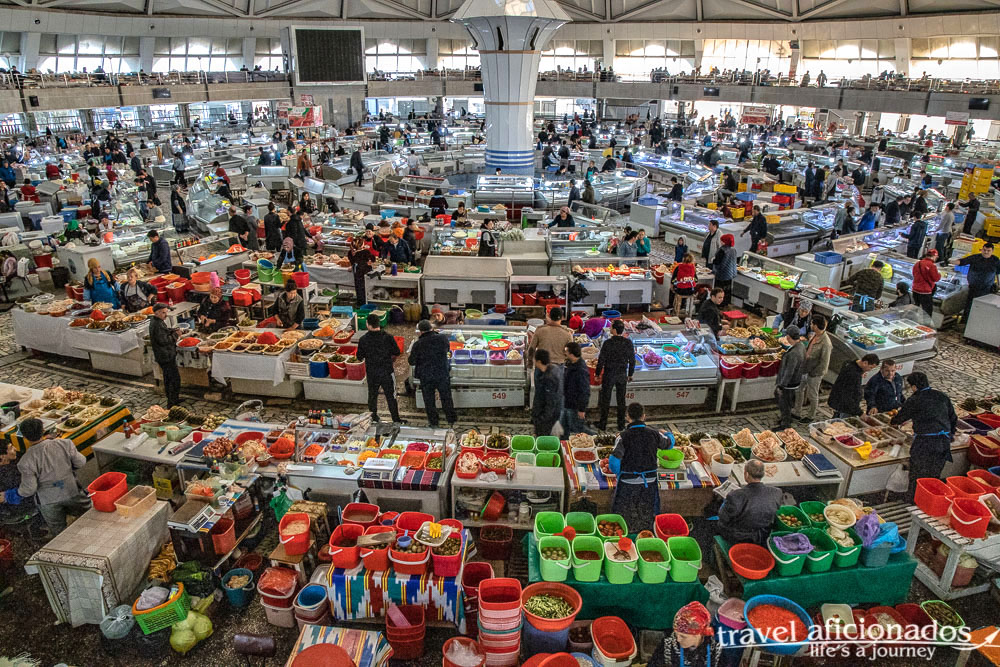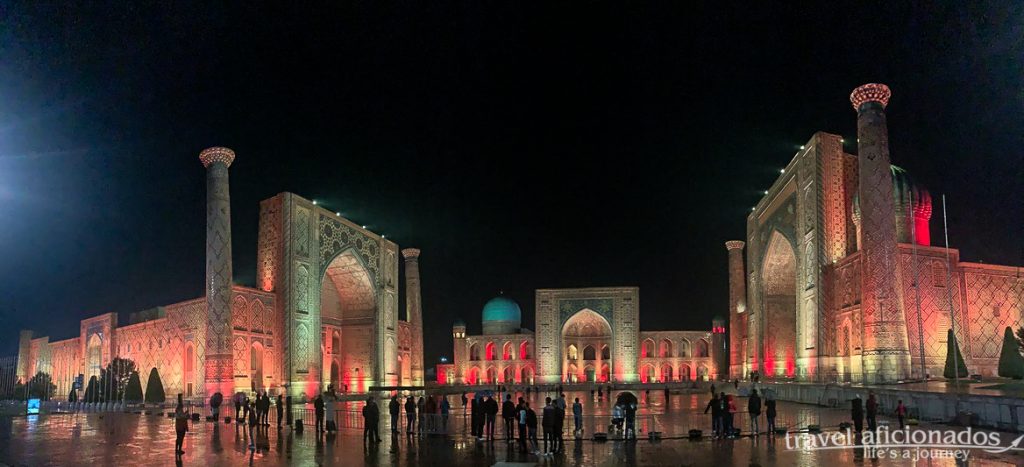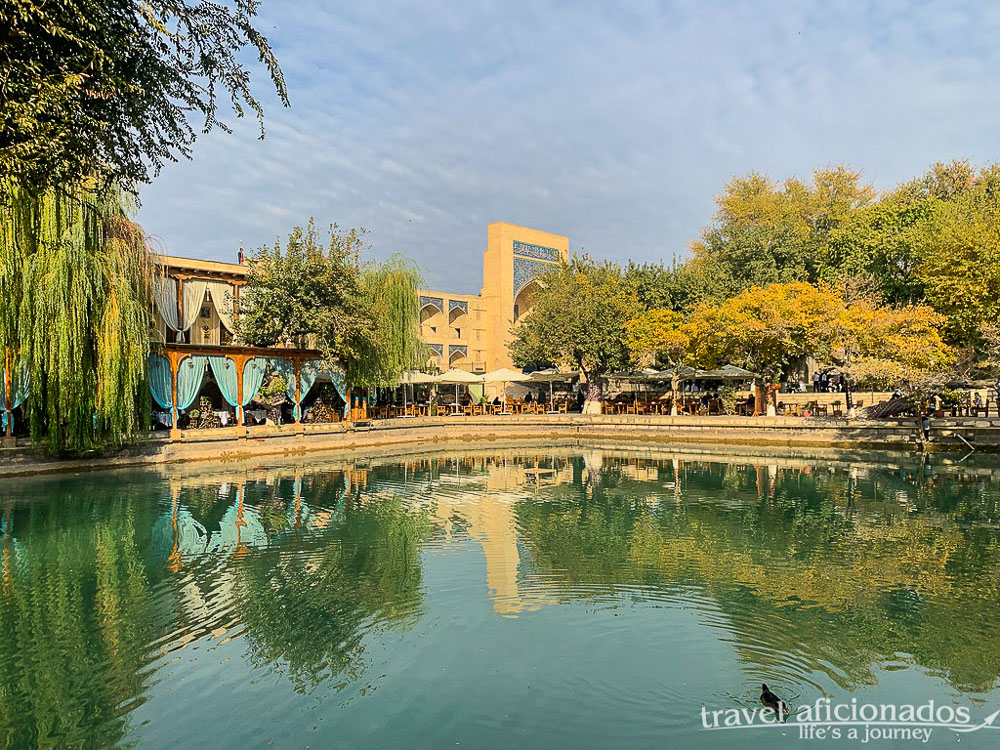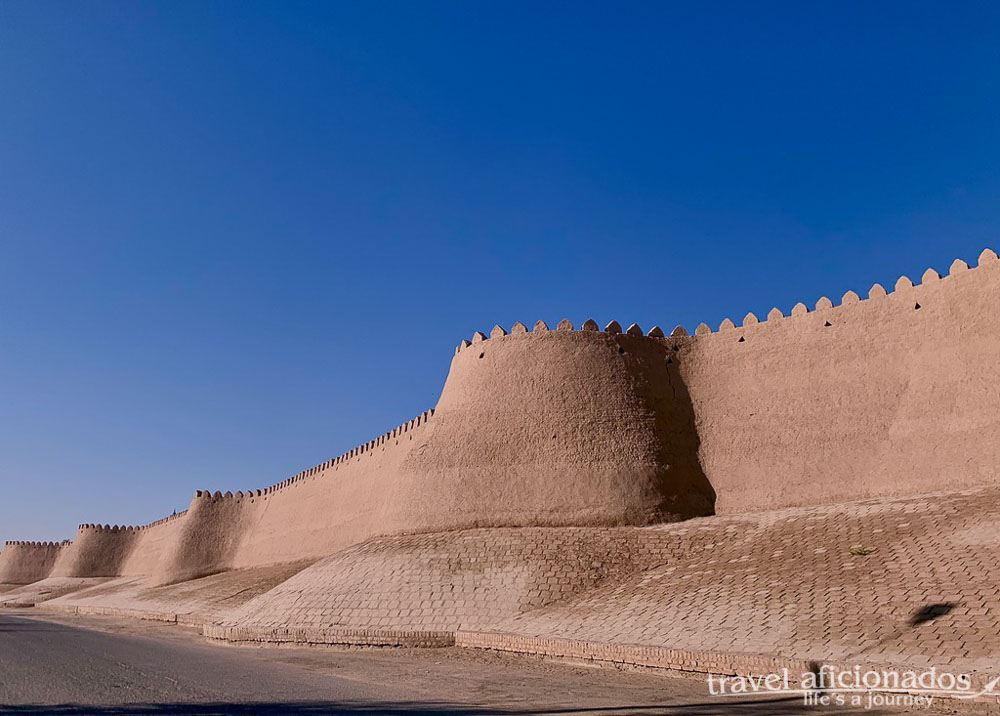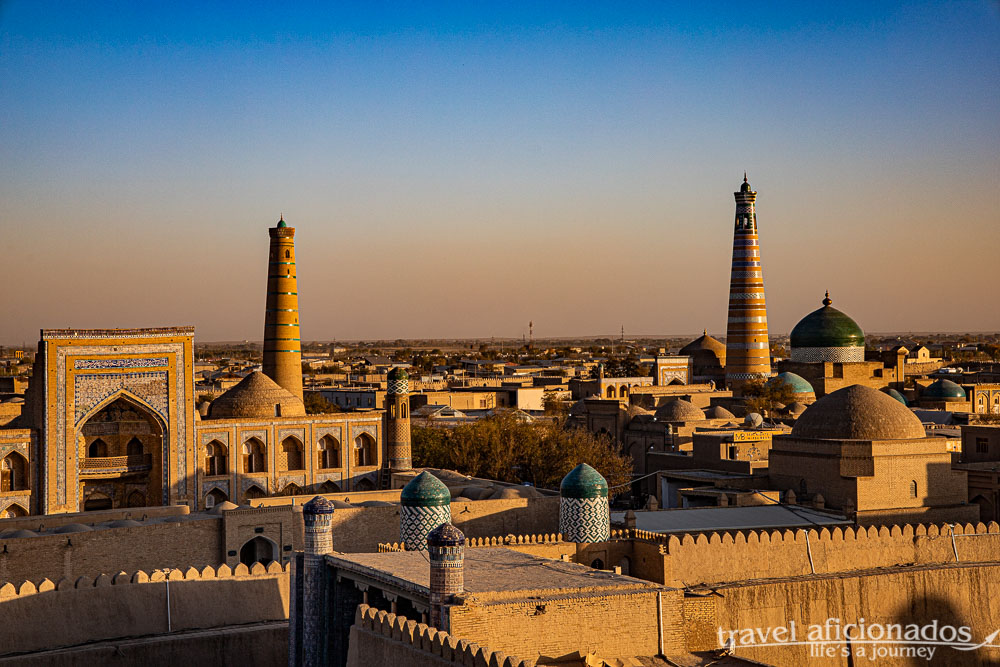Author Archive | Heidi Sequenz
Imperial Kyoto – cherry blossom captial
The old capital of Japan has everything an imperial city prides itself – old Buddhist temples, gorgeous gardens, imperial palaces and Shinto shrines. But above all, Kyoto is most famous for its cherry blossom. In Gion, the entertainment district I drifted under a roof of cherry blossom, dined in traditional restaurants, got tipsy on sake and caught a glimpse of a geisha.
Miyajima Island –Floating Tori
Miyajima will always have a special place in my heart. Yes, the island, features one of Japan’s most legendary sites, the Floating Tori, plus lots of temples and the view from Mount Misen. But what made it really really special and unforgetable, I ran into friend from back home.
Hiroshima – reborn
It was strange arriving in this city that is only associated with unparalled destruction and human suffering. I was irritated by the green, quiet streets, the cherry trees in full bloom. The Ota River rolls by, splits up in many small rivers that form litte islands that much of Hiroshima is built on. Nothing reminds of the horror of August 6th, 1945, when the first atomic bomb was dropped over Hiroshima. A blast equivalent to the power of 15,000 tons of TNT reduced four square miles of the city to ruins and immediately killed 80,000 people. Tens of thousands more died in the following weeks from wounds and radiation poisoning.
Travelling on public transport a la Nippon
Even for the confused tourist it is easy to move around. Perfectly organized, superfast, comfortable, reliable, service-orientated – all these attributes are not enough to do Nippon transport system justice. Once in a while the sheer masses are a bit frightening, not inside the trains, but in the stations. But with everybody being so respectful and considerate, .
All stops are marked in English and announced in clear English. Lots of staff is available in the stations, on busses or streetcars to help, most likely they don’t speak English, but they get you where you want to go by sheer devotion.
For Tokyo and Yokohama, I used the same pass travelling all day on trains, subways and busses. Unbelievable, isn’t it? These passes are quickly recharged at machines that explain the simple procedure in English as well.
In the stations of Tokyos’ metro system barriers prevent people from being pushed onto the tracks.
Most exciting is travelling on the Shinhansen, but I had to stop sitting next to the window. I simply got nauseous looking outside and the scenery racing past so fast.
https://www.jrailpass.com/shinkansen-bullet-trains
Even streetcars, like in Hiroshima move fast, they all run on their own separate tracks undisturbed by cars. My favorite trip was a one-hour tram-ride from Hiroshima to Miyajima-Gauchi, where the ferry leaves for the island of Miyajima. The tram literally raced down the track, despite stopping every 300 meters.
Even buses I mastered. This was most important in Kyoto, since the main sights are in opposite corners of town.
I found it quite irritating in the beginning that people could not simply storm out off a bus/streetcar when getting off but in Japan that is the moment when you pay. Most likely by swiping your pass or dropping the exakt amount in a machine, which Even spliss out your change. In the beginnen I thought this would slow down getting off, but it doesn’t. Because: in the meantime people are getting on through a different door. And as we all know, boarding takes longer, especially when crowded.
What I liked most was the seriousness and dedication of the employees in public transport. They politely say good bye to their passengers and each of their gestures signals it is important for them to do their job well.
Uzbekistan – following the Silk Road
Who has not dreamed of travelling the famous Silk Road? In October 2019 I finally did so by following its route from Khiva to Tashkent. Together with my friend Claudia, I explored Khiva, Bukhara, Samarkand and Tashkent all on Uzbekistan’s comfortable trains. All these towns bear witness of how unimaginable rich this region once was, mainly through trade. My favorite place? Samarkand!
Tashkent – a great surprise
Uzbekistan’s capital has none of the monumental historical sights that Khiva, Bukhara or Samarkand are famous for, but has other treasures. I expected not much from this modern city, but quickly made came to like it.
Samarkand – the Jewel of Uzsbekistan
We arrived late at night by train from Buchara, it was raining, we could not find a place to stay and a restaurant was nowhere in sight. Not a great start for what became my favorite place in Uzbekistan. All these obstacles could not stop me from checking out the gigantic Registan that very evening. True magic hit: the large square surrounded by three gigantic madrassas was bathed in a light show that made me forget the rain, the cold, wet feet and I knew that very moment that this was my favorite place in Uzbekistan.
Bukhara – “The city of Merchants”
The name Bukhara brings images to most people’s minds, carpets from Bukhara, the Bukhara Jews, and pretty much any oriental cliché deep in our minds. My expectations were very high, but not quite met. Yes it is the most complete example of a medieval city in Central Asia today, but I personally found it heavily over-restored and commercialized. My favorite place was the Lyabi Hauz, the only remaining pool in Bukhara, shaded by large mulberry trees and surrounded by a gigantic madrassa, restaurants and tea houses, called Chaikanas.
Khiva – Desert Town on Silk Road
What I remember most is the first view of Khiva early in the morning. We drove past the massive city wall. Nothing, absolutely nothing hinted at what lay behind. Once this 2,3km long structure was the inner defense line of Khiva, surrounding what is called “Ichon Qala”. This maze of narrow alleys, packed with madrassas, mosques, mausoleums and palaces is rightly compared to an out-door museum.
The Ichon Qala is where you find most sights, cars are banned and not needed. The area can easily be explored on foot. Although we were pretty tired travelling all night, we headed out immediately to check out this most remote Silk Road towns.

